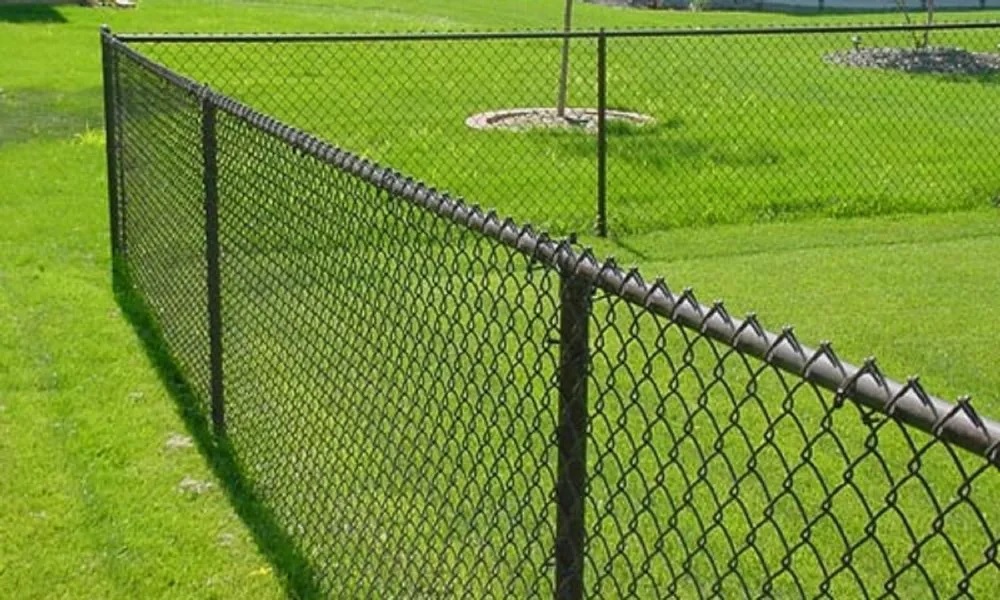
Fencing holds immense significance in agricultural and livestock management, offering a multitude of advantages to farmers and livestock proprietors. It serves as a critical tool for enhancing security, protecting crops, and ensuring effective control and management of livestock. The fencing in agricultural and livestock management is to enhance security and protect crops from external threats. By installing sturdy and well-designed fences around farmlands, farmers effectively deter trespassers, unauthorized entry, and potential theft. Fencing acts as a physical barrier is establishes clear boundaries, reducing the risk of crop damage caused by stray animals, pests, or human interference.
Enhancing security and protecting crops
Fencing not only provides a visible deterrent to potential intruders but also helps in controlling access points to agricultural areas. It allows farmers to regulate the movement of people and vehicles and only authorized individuals to gain entry. This control contributes to maintaining the integrity of the crops and reducing the likelihood of vandalism, thus safeguarding the farmer’s investment. It also acts as a protective shield against wildlife, which may cause extensive damage to crops. Depending on the specific challenges faced, farmers choose from a range of fencing materials, including wire mesh, electric fences, or wooden fences, to secure their fields. These fences effectively restrict the entry of animals, such as deer, rabbits, or wild boars, thus minimizing crop losses and ensuring a higher yield.
Ensuring effective livestock control and management
Apart from protecting crops, fencing is essential for effective livestock control and management. It enables farmers and livestock owners to establish secure enclosures, creating designated areas for the animals to graze, rest, and move without the risk of straying away or causing harm to themselves or neighbouring properties. The benefits of chainwire fencing serve as a physical barrier that contains the livestock within a specific boundary, preventing them from wandering off and getting lost or injured.
Different types of fencing will be employed based on the specific livestock requirements. Electric fences, for instance, are often used for temporary enclosures or rotational grazing systems, as they provide flexibility and ease of installation. On the other hand, sturdy wooden fences or woven wire fences are commonly utilized for more permanent enclosures, offering higher durability and strength to contain larger animals. Fencing also plays a crucial role in preventing conflicts between neighbouring livestock and protecting valuable livestock from predators.
By implementing effective fencing systems, farmers minimize the risk of aggressive interactions between animals, ensuring the safety and well-being of their livestock. Strategic placement of fences acts as a deterrent to predators, reducing the possibility of attacks and protecting valuable livestock from harm. Fencing serves as a fundamental component in agricultural and livestock management. It plays a pivotal role in enhancing security, protecting crops, and ensuring effective control and management of livestock. Farmers and livestock owners must comprehend the vital role played by fencing and make well-informed choices when selecting the most suitable fencing alternatives tailored to their individual needs.






More Stories
You’re Go-To Source for Memphis Safety Equipment
A Correct Application of Flooring with Epoxy
Time to Delve into the Oval Charm of Barrel Saunas